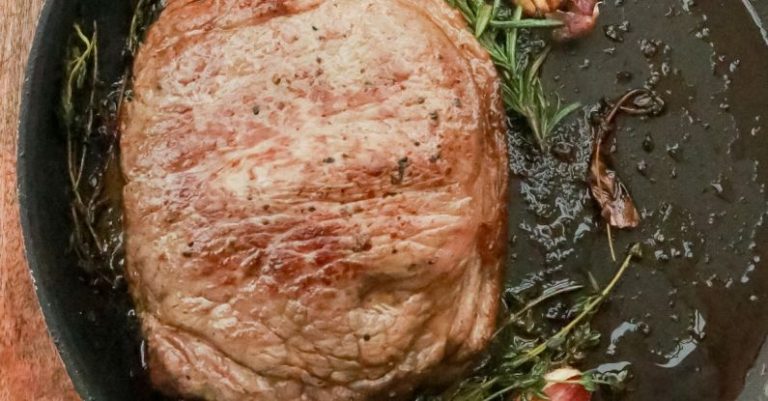
Grass-fed beef has become increasingly popular in recent years due to its numerous health benefits and superior taste compared to conventionally raised beef. Let’s delve into the advantages of choosing grass-fed beef over grain-fed alternatives.
**Nutritional Superiority**
Grass-fed beef is known for its superior nutritional profile compared to grain-fed beef. It is significantly higher in important nutrients such as omega-3 fatty acids, which are essential for heart health and brain function. Grass-fed beef also contains higher levels of antioxidants, vitamins E and C, and beta-carotene, making it a more nutrient-dense option for consumers looking to optimize their diet.
**Lower in Unhealthy Fats**
One of the key benefits of grass-fed beef is its lower fat content, particularly when it comes to unhealthy fats such as saturated fats. Grass-fed beef is leaner and contains a healthier fat profile, with higher levels of monounsaturated fats and omega-3 fatty acids. By choosing grass-fed beef, you can reduce your intake of saturated fats, which have been linked to various health issues such as heart disease and obesity.
**No Hormones or Antibiotics**
Grass-fed beef is typically raised without the use of hormones or antibiotics, making it a cleaner and more natural option for consumers. Conventional beef production often involves the use of growth hormones to promote faster growth in cattle and antibiotics to prevent disease in crowded feedlots. By opting for grass-fed beef, you can avoid these potentially harmful additives and enjoy a more wholesome and sustainable protein source.
**Improved Animal Welfare**
Grass-fed beef is often associated with higher standards of animal welfare compared to conventional beef production. Cattle raised on pasture have more space to roam and graze freely, leading to healthier and happier animals. By supporting grass-fed beef producers, consumers can contribute to more ethical and sustainable farming practices that prioritize animal well-being.
**Better for the Environment**
Choosing grass-fed beef can also have positive environmental impacts. Pasture-raised cattle help promote biodiversity, improve soil health, and reduce the carbon footprint of beef production. Grass-fed beef production is typically more sustainable and environmentally friendly than conventional feedlot operations, making it a greener choice for eco-conscious consumers looking to minimize their environmental impact.
**Enhanced Flavor and Tenderness**
In addition to its health and environmental benefits, grass-fed beef is prized for its superior taste and tenderness. The grass-fed diet imparts a unique flavor profile to the meat, giving it a richer and more complex taste compared to grain-fed beef. Grass-fed beef is also known for its tenderness, thanks to the cattle’s natural diet and active lifestyle, resulting in a more enjoyable eating experience for consumers.
**Versatile Cooking Options**
Grass-fed beef is incredibly versatile and can be used in a wide range of dishes, from burgers and steaks to stews and stir-fries. Its natural flavor pairs well with various seasonings and cooking methods, allowing for endless culinary possibilities. Whether you prefer a simple grilled steak or a complex beef curry, grass-fed beef can elevate your cooking and add a wholesome touch to your meals.
**In Summary**
The benefits of grass-fed beef are clear – from its superior nutritional profile and lower fat content to its ethical production practices and environmental sustainability. By choosing grass-fed beef, consumers can enjoy a healthier, tastier, and more conscientious meat option that supports their well-being and the planet. Make the switch to grass-fed beef today and experience the difference for yourself.





